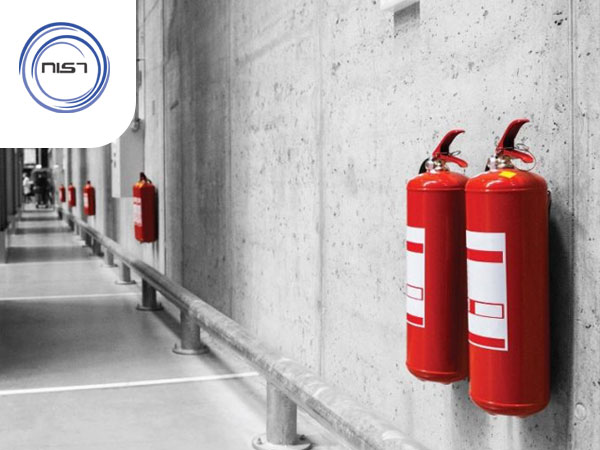Fire & Life Safety Audit
The purpose of the Fire and Life Safety audit is to reduce injury, loss of life, and property damage by developing the area of fire prevention and life safety via leadership and vision for fire safety professionals. Fire and life safety audit is concerned with protecting the occupants of a building from any associated fire and life safety risk by taking life safety precautions.

-
For queries, & Assistance
Introduction
The National Building Code of India (2016) provides precise requirements for building construction, maintenance, and fire safety. Incorporating the same and performing periodic maintenance, testing, and fire inspections greatly contribute to the reduction of fires and associated losses.
Although these codes are initially incorporated into the building structures, due to business needs, changes are made without correlating to changes needed in a FLS infrastructure. In the event of a fire, occupants frequently are not aware of appropriate response actions, such as putting the fire out and alerting the other occupants and emergency services.
The goal of a fire and life safety audit is to identify gaps that will allow us to both avoid fires and train individuals on emergency measures such as fire extinguishing and evacuation of premises.
Who Should Undertake Fire and Life Safety Audit?
- Hotels, banks, hospitals, showrooms, shopping malls, and movie theatres are examples of consumer-oriented enterprises.
- Warehouses, courier offices, data centres, IT infrastructure, and other structures containing valuable items.
- High-rise buildings and educational institutions
- Offices, stadiums, and factories are examples of such places.
Benefits of Fire and Life Safety Audit:
- Identify fire hazards, implement safeguards, and identify inadequacies in all organisational functional areas.
- Gain visibility into risk areas, enabling for improvement programmes and focusing on structured improvement plan implementation.
- Safeguard assets, avoid reputational harm, and promote transparency.

Objectives of FLS Audit
The objectives of Fire & Life Safety Audit can be focused on the following:
- Review of Fire safety policy statement (Fire order)
- Identify all significant fire hazards
- Identify the people who are at risk from each hazard
- Evaluate the existing control measures
- Determine the additional control measures required
- Examine the availability of a suitable emergency plan detailing the responsibility and action of key personnel
- Review the availability of a suitable fire alarm and detection system
- Review the availability of suitable fire fighting facilities, such as hydrants, sprinklers, extinguishers, etc.
- Evaluate passive fire protection systems provided
- Evaluate the general awareness of occupants and security personnel on matters relating to fire safety and rescue operations
- Evaluate the training and instructions on fire safety imparted to the employees and occupants
- Verifying the records of training imparted to employees and occupants with regards to fire safety
- Assessing all relevant electrical safety risks
- Examining the storage and control of flammable and hazardous substances
- Assessing the existing fire preventive and protective control measures, On-site emergency response plans and fire risk assessment report
- Testing of all fire safety equipment and systems (Optional).
